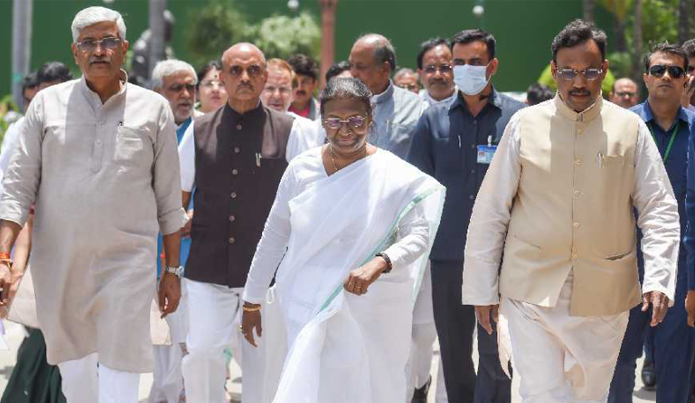On the Margins

Adivasis living in Central India make up one of the most marginalised sections in the country. But they live in the most resource-rich areas that attract industrialists and the State. Although scheduled tribes constitute 8.6% of the total population, they make up 50% of the people who have been displaced or dispossessed from their land for the extraction of minerals, construction of large dams or establishing wildlife sanctuaries after Independence.
In spite of work by the government and non-governmental organisations, development has eluded adivasis. Continuous dispossession and displacement is one reason for this. Development programmes have been imposed from above and executed without taking into account the distinct economic, social and cultural needs of these people.
Recently, Professional Assistance for Development Action brought out the Status of Adivasi Livelihoods Report 2021, covering two tribal-dominated states — Jharkhand and Odisha. SAL 2021 shows the overwhelming deprivation of adivasis in terms of income, food security and child nutrition as well as in access to public service, education and landholding. This influences their livelihood outcomes.

